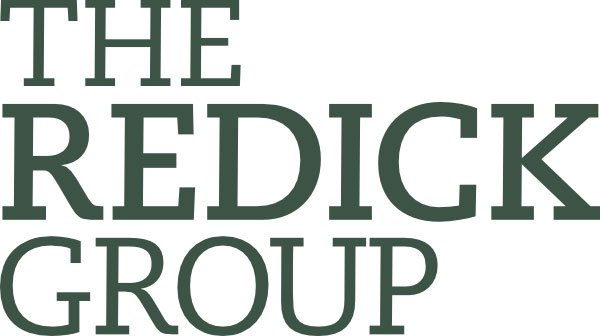Meaningful change takes time; move ahead with care
Planning a career change requires a lot of intention and time, especially as you become more senior and skilled in your career.
The old saw that an employed executive’s stealth job search requires one month for every $10,000 they make in annual salary isn’t only alarming, it’s well-earned.
But bear with me if you just did the math and set your jaw at the resulting number of months.
Let me share some of the possible origins of that figure, because you shouldn’t take it as gospel. If you’re going to shorten your career change and the stealth job search that will run parallel to it, you should know why that figure exists in the first place.
You’re about to prepare yourself mentally for the task ahead.
Opportunity
Much as you might like it, jobs don’t just fly open because you suddenly decided that you’re ready to make a move. It’s a lot more complex than that, and it’s certainly not the same smorgasbord of potential jobs you might have enjoyed straight out of college.
Think about it for a moment. You can say, “Hey, I’d like to be Chief Operating Officer at Facebook!” But does that mean Sheryl Sandberg is going to waltz out the back door, handing you the keys on her way out? Obviously not. But this somewhat comical example speaks to one of the many pieces of the chess game you’re thinking about.
That said, failing to prepare is a guarantee that nothing will happen. With the rise of LinkedIn use by recruiters—even those in the high-powered world of retained executive search—it’s foolish not to tell your story so you’re at least findable.
I talk a lot about LinkedIn profile development and writing, with much of it focused on conducting a stealth job search or positioning yourself as a passive candidate.
Specificity
You’re paid well because of specific things you bring to the table that others don’t. This is exciting in the everyday world of careers, but realistically limiting when it comes to architecting a career shift.
Unless you plan to strike out on your own and found a company—where sinking or swimming is entirely up to you, and as such, you can take a calculated risk on yourself—odds are high that you’ll experience more of a shift in your career than a total reinvention.
Such a shift can still be exciting, especially if you end up being what so many recruiters today refer to as a purple squirrel. But turning the rudder on your 15-25 year career requires a lot of effort as you position the specific skills you bring to the table around a new direction.
After a bit of early project work, a client recently said: “I’m realizing that there are probably only twenty jobs in the entire country that would be right for me.” His observation wasn’t hard to imagine being true when you considered his seniority, expertise, compensation, and geographic location requirements.
Experience
As an experienced professional, you’re being hired for your expertise, connections, and professional authority. You’re not being hired to learn an entirely new set of skills. It just doesn’t work that way in most cases.
That’s why I created my JDA in 2009. I’d made a name for helping people face reality, but was still struggling with otherwise accomplished professionals who weren’t seeing the limitations in themselves (and hence, opportunities).
They would read a job description—and by read, I mean skim—and think it sounded like an interesting job and that they should immediately apply.
The problem was the fundamental disconnect between what their heart wanted and how competitive they might actually be in the intended job.
How do you know if you’re in that Pollyanna-like spot?
Here are a few questions to get you thinking.
Is it possible to move from Chief Financial Officer to Chief Revenue Officer? Executive Vice President to Chief Digital Officer?
Those career shifts sounded interesting to the clients in question, but that’s just it. They sounded interesting. They had nothing, at worst, to justify the fantasy, or at best, connect the dots between the seemingly disparate roles.
The Job Description Analysis puts reality behind the possibility, identifying whether a fit is logical and just needs tuning, or whether there might be a few technical gaps or missing skills to fill before undertaking the shift.
Often, clients who complete the Job Description Analysis answer their own questions, and the dreamy career paths they previously felt passionate about become one or two realistic career targets, enabling us to begin developing a plan so they can hedge that direction.
Pro Tip: If you’re aiming for a promotion so you can split your company shortly after—or you’ve just received a promotion and want to leverage the new role into a new job—STOP!
New promotion flight syndrome is common, and to the employee it feels like, “Hey, I finally got the title, now I’m going to make the most of it!”
The problem is that hiring entities today and for the rest of time will likely look upon your short-timer syndrome in a negative light. With you as an unknown, a hiring entity will be naturally cautious and skeptical, and their assessments about you (right or wrong) can range from “self-centered ingrate” to “couldn’t hack the new role and had to bail quickly.”
If you take a new role, plan to be in it for a least 12-18 months before making a move (including people in tech). That isn’t to say that you should stop your stealth job search, or not position yourself as a target of acquisition. That’s always good career planning and management. However, it does mean that you should cool your jets and take a reasoned approach before throwing caution to the wind.

